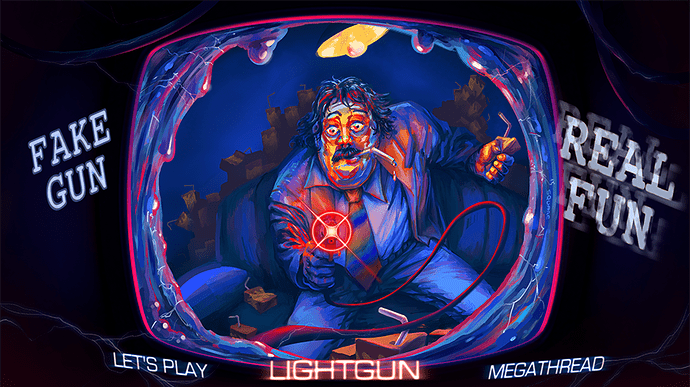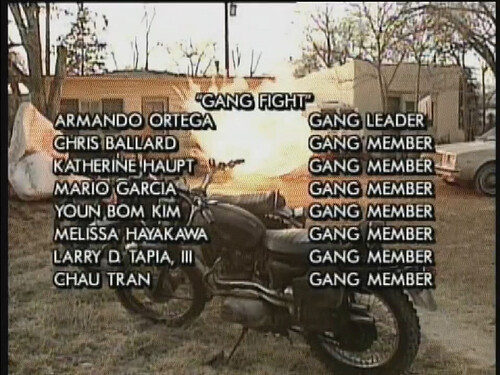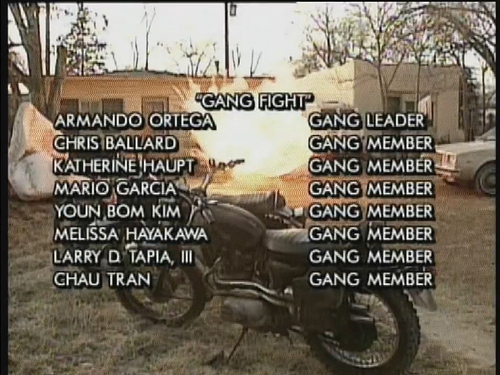Live-action full motion video has had its spurts of popularity throughout video game history, with a recent resurgence in games such as Contradiction! Spot the Liar and Death Come True, as well as interactive movies like Late Shift. However, before it was a stylistic choice for developers, it was a hot commodity for companies looking to create new interactive experiences in video games.
The Action Max was a home video game console developed in 1987 by toy company Worlds of Wonder. The Action Max console connected to a VHS player and allowed you to “interact” with specific VHS tapes via a light-gun. While the tape played, targets would appear on screen and either increment or decrement a score number on the Action Max console, and at the end of the tape the player would get an evaluation of their performance. While similar in format to LaserDisc games, the medium of VHS meant that the creators were much more limited in design; it was impossible to create multiple paths through the game, so each VHS played out the exact same way every time, with high scores as the only sense of progression or achievement. The Action Max ultimately failed to pick up steam and was cancelled after just five tapes were released.
American Laser Games was a video game company founded in 1989 and best known for its line of light-gun arcade games. Its founder, Robert Grebe, originally developed a police training program called iCAT, which used live-action LaserDisc footage to simulate high-intensity situations and convert them into shooting galleries. Grebe adapted his technology for arcades and released ALG’s first game Mad Dog McCree in 1990. While the excitement around FMV had largely died out since Dragon’s Lair’s release in 1983, Mad Dog McCree became an instant success and breathed new life into the genre with its larger-than-life take on full motion video. American Laser Games would eventually go on to release nine FMV light-gun games from 1990-1994 and branch out into alternative game styles through their Her Interactive branch, but the general lack of replayability and ALG’s pivot to 3DO technology ultimately led to their demise.
With this thread, my interest is in taking a look back on these old FMV shooters, to see what the figurative and literal Wild West was like for developers looking for a way to create new forms of interactive media. Thanks to fans of these companies and their efforts, these games have been preserved through Singe, an off-shoot of the Daphne arcade LaserDisc emulator that supports fanmade games and other restorations not supported by Daphne.
I’m ChorpSaway, your live-action guide through the wonders of early FMV gaming. Green screened in with me are my co-hosts TheJayOfSpade, Taoc and FutureFriend, who all have varying histories with live-action FMV gaming. Together we’ll be shooting our way through many different worlds and immersing ourselves in the rich talent on display.
We will be looking through all accessible Action Max tapes and American Laser Games FMV releases, and showing off as much content as we can in a single playthrough of each game. Along with the normal LP videos, I will be releasing commentary-free versions of each of the playthroughs so that you can enjoy the experience on its own merits.




























